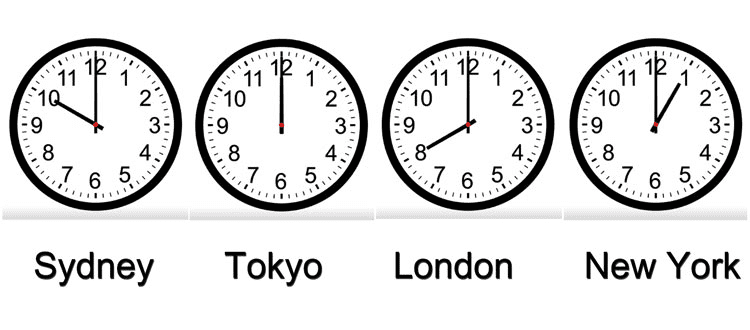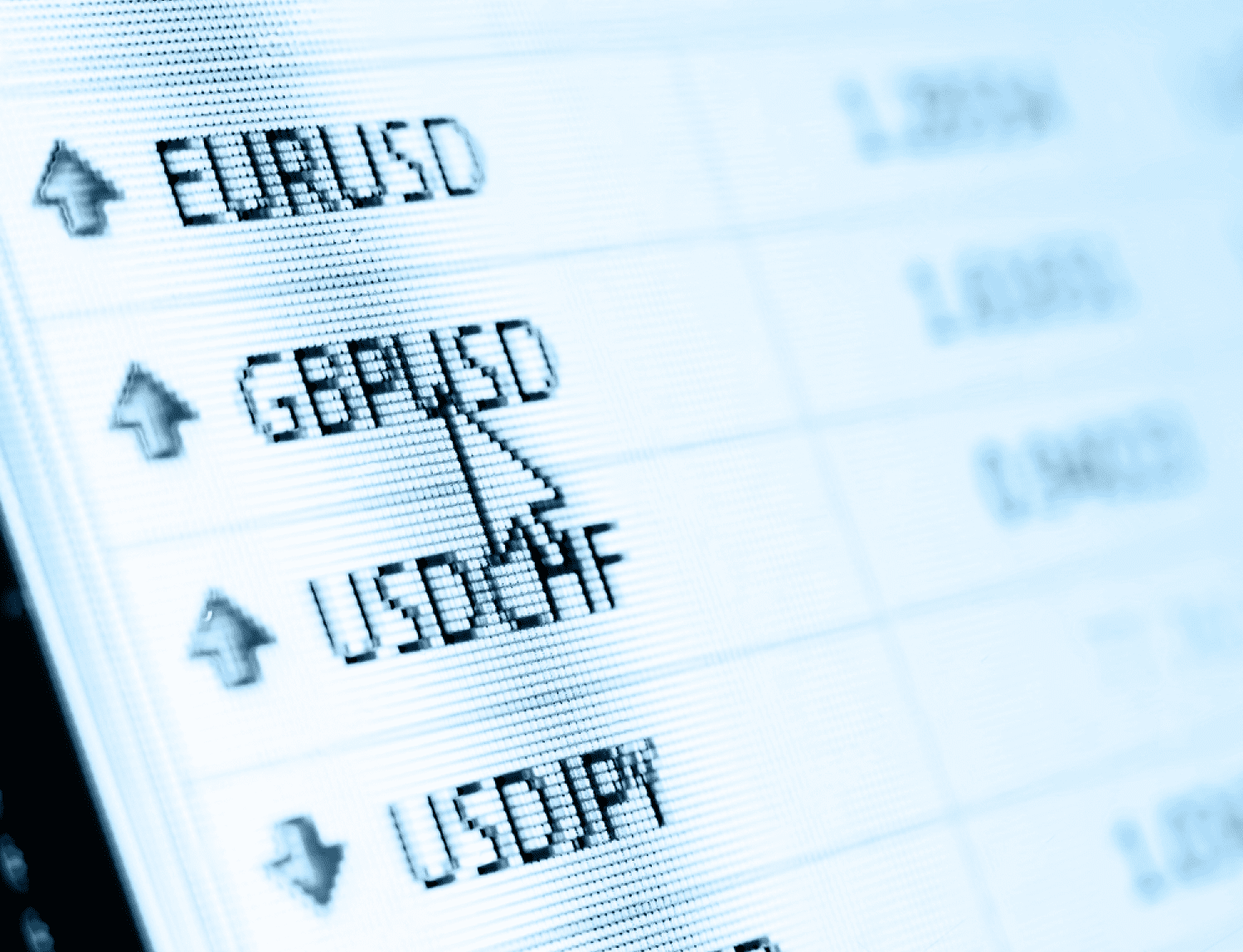Forex Trading Times: Understanding the Global Trading Sessions
The foreign exchange (forex) market is the largest and most liquid financial market in the world, boasting an average daily trading volume of over $6 trillion. One of the key factors that sets the forex market apart from other financial markets is its 24-hour trading cycle. This continuous trading pattern is made possible by the different trading sessions that span across major financial centers around the world. Understanding these trading sessions and their associated characteristics is essential for forex traders looking to maximize their potential profits while managing risks effectively.

Table Content
I. The 24-Hour Forex Market Explained
II. Major Trading Sessions and Time Zones
1. Sydney Session
2. Tokyo Session
3. London Session
4. New York Session
III. Overlapping Trading Hours and High Volatility
IV. Best Times to Trade Different Currency Pairs
1. Major Pairs
2. Exotic Pairs
V. Impact of Economic Events on Trading Times
VII. Adjusting Trading Strategies for Different Sessions
1. Sydney and Tokyo Sessions
2. London Session
3. New York Session
VIII. Tips for Choosing Optimal Trading Times
1. Understand Your Time Zone
2. Utilize Overlapping Sessions
3. Consider Economic Calendars
4. Focus on Major Currency Pairs
5. Practice Risk Management
6. Stay Informed
IX. Footnote
The 24-Hour Forex Market Explained
Unlike traditional stock markets that operate during specific hours on weekdays, the forex market operates 24 hours a day, five days a week. This non-stop trading cycle is attributed to the fact that the market is spread across various time zones, allowing it to remain open even as the sun sets on one part of the world and rises on another. As the major financial centers in different parts of the world open and close, they create a seamless chain of trading activity that spans continents.

Major Trading Sessions and Time Zones
The forex market is divided into four major trading sessions: the Sydney session, the Tokyo session, the London session, and the New York session. Each of these sessions is associated with a specific geographical location and has its own distinct characteristics.
1. Sydney Session: This session kicks off the trading week as financial markets open in the Asia-Pacific region. It begins at 10:00 PM GMT and overlaps with the Tokyo session. While trading activity during this session is relatively modest compared to later sessions, it sets the tone for the week ahead.
2. Tokyo Session: As the Sydney session wraps up, the Tokyo session gains momentum. It is characterized by increased trading activity in major Asian financial hubs such as Tokyo, Hong Kong, and Singapore. The Tokyo session starts at 12:00 AM GMT and overlaps with both the Sydney and London sessions.
3. London Session: Often considered the most significant trading session, the London session opens at 7:00 AM GMT. It coincides with the start of the European business day and overlaps with both the Tokyo and New York sessions. London's role as a global financial hub makes this session highly active and volatile.
4. New York Session: The New York session, which begins at 12:00 PM GMT, represents the final major trading session of the day. As the London session winds down, trading activity in New York ramps up. The overlap between the London and New York sessions results in increased volatility, creating trading opportunities for traders.
Overlapping Trading Hours and High Volatility
The periods of overlap between different trading sessions are particularly significant for traders. During these overlapping hours, multiple major financial centers are active simultaneously, leading to a surge in trading volume and increased market volatility. The most notable overlap occurs between the London and New York sessions, which is often referred to as the "London-New York overlap." This overlap, lasting for around four hours, typically sees the highest trading activity and provides traders with a greater potential for capturing profitable price movements.
Best Times to Trade Different Currency Pairs
The choice of trading times can significantly impact a trader's success. Different currency pairs exhibit varying levels of activity and volatility during different trading sessions. For instance:
1. Major Pairs: Currency pairs involving the US dollar (USD) tend to be most active during the London and New York sessions when the respective economies are open and operating. Pairs like EUR/USD, GBP/USD, and USD/JPY are popular choices for traders during these sessions.

2. Exotic Pairs: Exotic currency pairs, which involve currencies from emerging economies, might experience more volatility during their respective local trading hours. Traders interested in exotic pairs like USD/SGD or USD/TRY should consider these factors when selecting their trading times.
Impact of Economic Events on Trading Times
Economic events, such as central bank announcements, employment reports, and GDP releases, can significantly influence market sentiment and volatility. Traders should be aware of the timing of these events and adjust their trading strategies accordingly. Major economic releases are often scheduled during the overlap of trading sessions, creating spikes in volatility that can either lead to substantial gains or significant losses.
Adjusting Trading Strategies for Different Sessions
Successful forex trading requires more than just understanding the timing of trading sessions. Traders must also adapt their strategies to align with the characteristics of each session. Here's how:
1. Sydney and Tokyo Sessions: These sessions are often associated with lower volatility. Traders might focus on range-bound strategies that capitalize on smaller price movements.
2. London Session: With its high volatility and increased trading volume, the London session offers opportunities for breakout and trend-following strategies.
3. New York Session: Similar to the London session, the New York session provides ample volatility. Traders might consider strategies that capitalize on market reversals or quick price movements.
Tips for Choosing Optimal Trading Times
1. Understand Your Time Zone: Choose trading sessions that align with your local time zone. Trading during your waking hours can help you make informed decisions and manage positions effectively.
2. Utilize Overlapping Sessions: Trading during overlapping sessions, especially the London-New York overlap, can provide increased trading opportunities due to higher volatility and liquidity.
3. Consider Economic Calendars: Be aware of major economic events and news releases that can impact currency prices. Adjust your trading strategy or avoid trading during these times if you're uncomfortable with high volatility.
4. Focus on Major Currency Pairs: If you're a beginner, start by trading major currency pairs during their respective active sessions. This will provide a good learning experience and exposure to higher liquidity.
5. Practice Risk Management: No matter the trading session, always implement proper risk management techniques. Set stop-loss and take-profit levels to protect your capital from unexpected price movements.
6. Stay Informed: Keep up with global economic and political developments that might impact currency prices. Being well-informed can help you anticipate potential market movements.
Footnote
In summary, understanding the global forex trading sessions is crucial for any forex trader aiming to navigate the market effectively. By recognizing the different characteristics of each session, adjusting trading strategies accordingly, and staying informed about economic events, traders can enhance their chances of making profitable trades while managing risks. The 24-hour nature of the forex market ensures that there are trading opportunities available at various times, catering to traders across different time zones and preferences.











Discussion